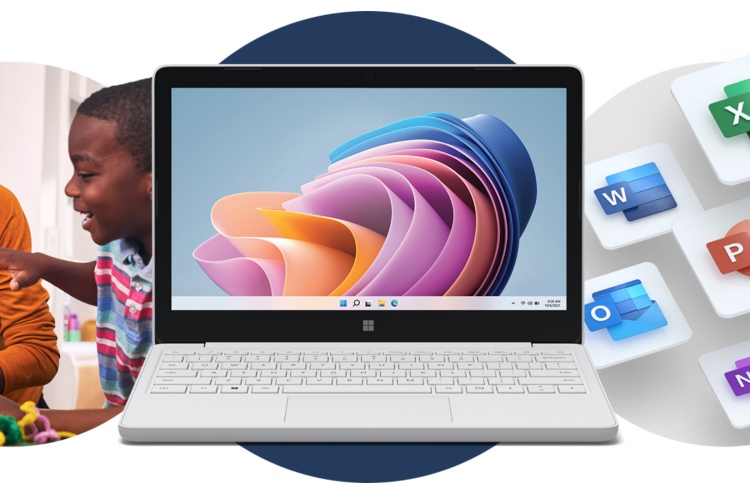Apple launches iPhone 13: more of the same?
17 September 2021

Windows 11 SE has the potential to deliver strong competition in the education market.
In November, Microsoft announced its newest weapon in the operating system battle for the hugely important education market: Windows 11 SE. The announcement marks a culmination of a long-standing effort to go head-to-head with Chrome OS, which has dominated education deployments in key markets, especially as the pandemic caused a rapid acceleration of student device use. While Microsoft’s new offering certainly has strengths to offer in this fight, the company must be strategic and targeted and lean on its strength outside of education to ensure it can maximize its gains in this competitive segment.
The two most important features that Chrome OS offers in the education space are affordability and ease of management, both of which Microsoft is squarely aiming at with Windows 11 SE. In terms of pricing, the devices slated for Windows 11 SE are aimed at the US$200-to-US$300 range, making them competitive with Chromebooks and in line with most public sector device procurement budgets. Importantly, Microsoft is not just relying on its OEM partners, but is releasing its own Surface Laptop SE at US$249, far below the price of the rest of its Surface hardware line. Just like its more expensive siblings, this new device must provide a template for how Microsoft envisions the ideal experience of its operating system by users. Historically, low-cost Windows devices have had question marks around performance, and it is vital that Microsoft’s own product offers students a best-in-class experience. Given that Windows 11 SE will also be restricted to pre-approved devices from OEMs such as Dell, HP and Lenovo, Microsoft must exert pressure to ensure there is consistency in the experience across the full range of available hardware, especially if students find themselves changing devices over the course of their school years.
Simplicity of management is of vital importance in the realm of PCs for education, especially as school IT administrators have seen device use skyrocket over the last 18 months. There is also a need to minimize complexity for different stakeholders, from students to teachers and even potentially parents. This has been a key competitive advantage for Chrome in the education market, but the development of “Windows Autopilot” and “Intune for Education” emphasizes Microsoft’s ambition to provide an appealing alternative. The former allows for zero-touch device deployment while the latter provides a cloud management solution for school administrators, allowing for security updates, app deployment and customization. A smoother experience across the Office suite is also a compelling USP, especially as students get older and schools want to ensure they are equipped to use mainstream productivity applications. Finally, with education device use increasingly spanning in-class and at-home settings, the ability to easily work on apps offline and then automatically have updates synchronize once back online is crucial. Integration of third-party apps is also important, and Microsoft has so far announced compatibility with Zoom and Chrome. The decision about which approved apps are available to students will be left to IT administrators based on their own policies.
A big challenge for Microsoft will be convincing schools that have made significant investments in Chromebooks and the Google for Education platform since the onset of the pandemic to transition to Windows 11 SE. In the US, for example, Canalys data shows that Chrome devices accounted for 75% of education sector shipments from Q2 2020 to now, and they have also been the signature devices for digital education rollouts in places such as Western Europe, Japan and Singapore. School IT administrators operating on tight budgets and young students who are already embedded in the Chrome ecosystem provide a significant barrier to entry, so large gains in the short term will be difficult to achieve. But the intended release date does play into the timing of the US$7 billion ECF funding in the United States, and schools that have been unable to secure adequate devices until now could be enticed by Microsoft’s solution. Elsewhere, the longer-term investment in digital education expected in Asia Pacific, Latin America and the developing markets of EMEA will be a boon, especially given the legacy strength of the Windows brand in these regions. The inclusion of vendors such as JK-IP, Dynabook and Positivo in the list of hardware partners for Windows 11 SE point toward a diverse geographic strategy. Channel partners in these markets will play a key role in determining the success of Windows 11 SE and will also be happy to have an extra option to offer to education customers. Canalys will be gauging partner sentiment toward Windows 11 SE in the coming weeks so look out for updates.